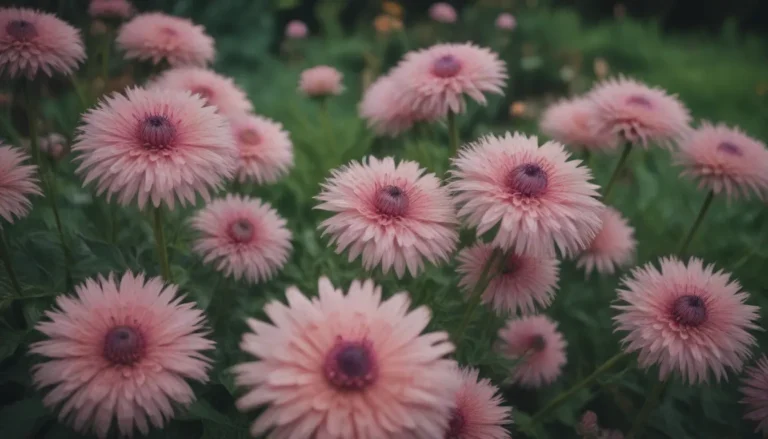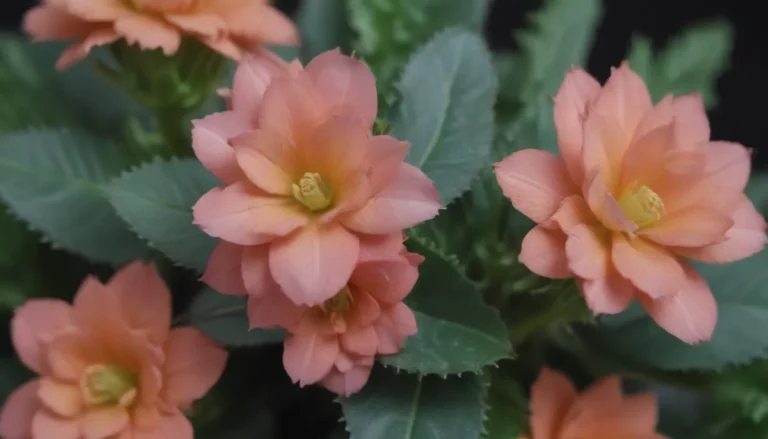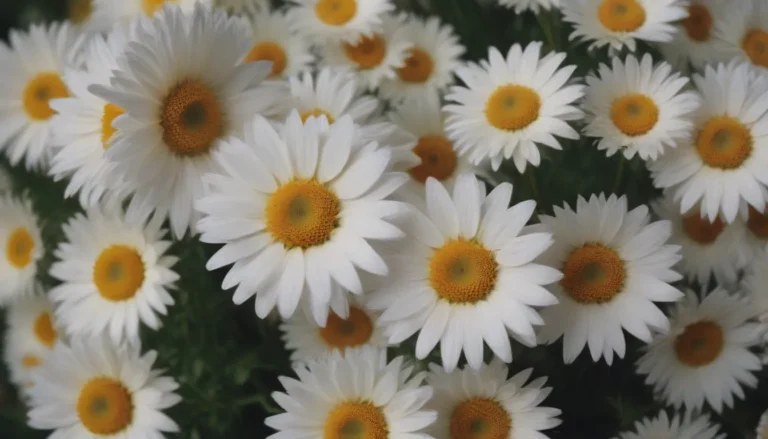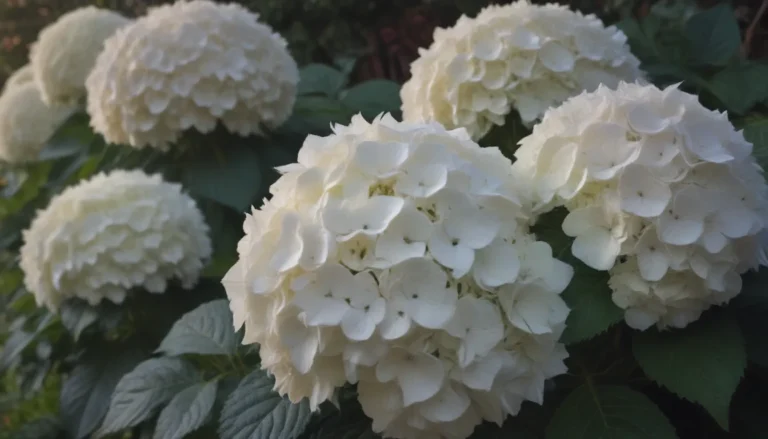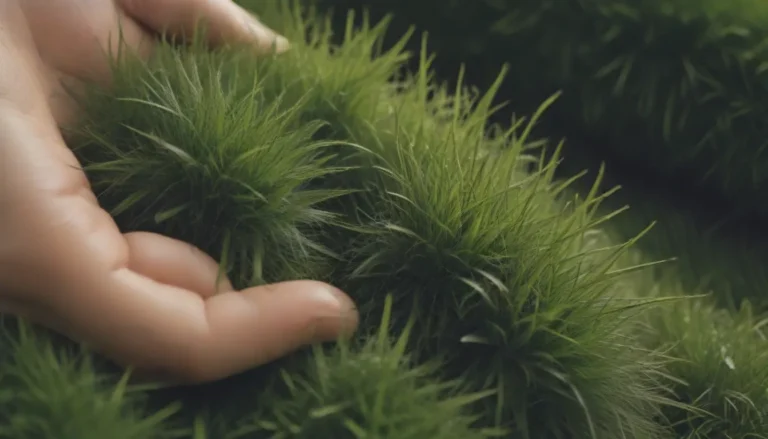The Ultimate Guide to Growing and Caring for Cucuzza Squash
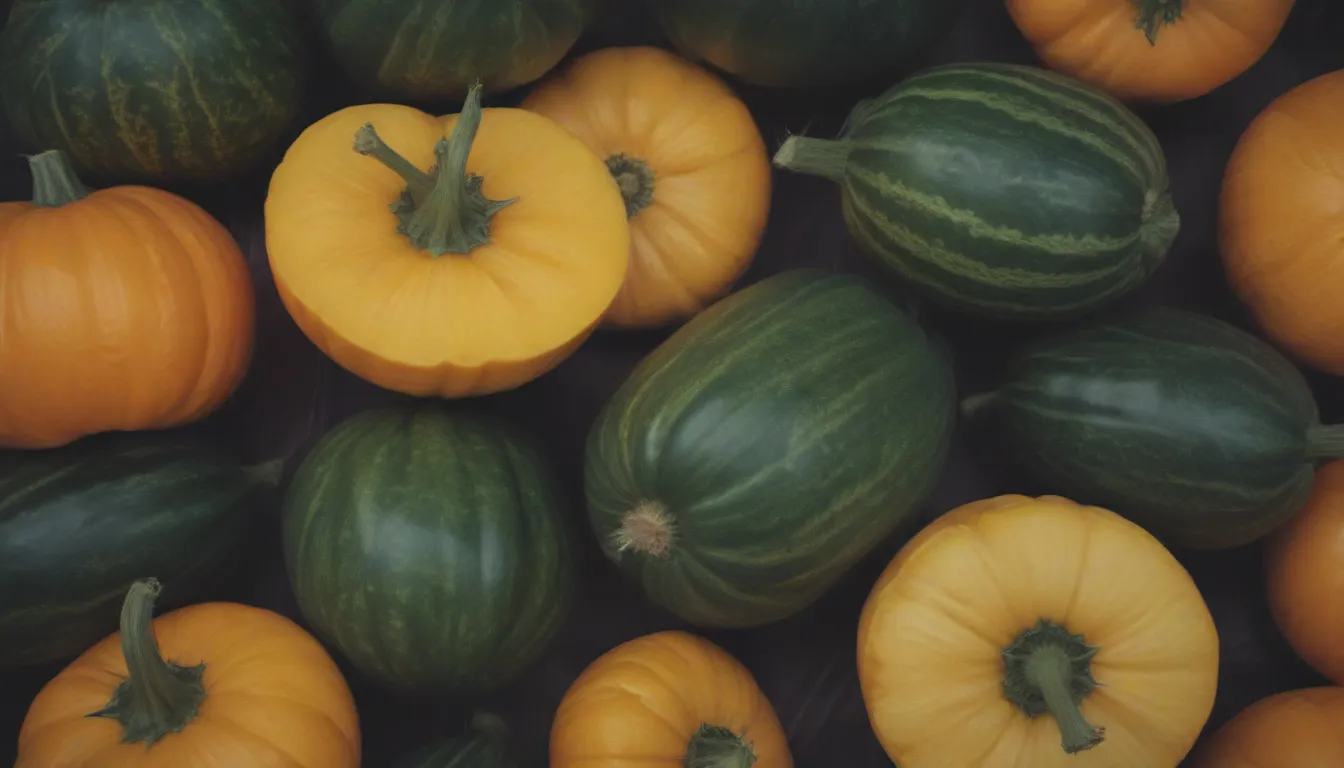
Welcome to our comprehensive guide on how to grow and care for Cucuzza squash! If you’re interested in trying your hand at growing this unique Italian gourd, you’ve come to the right place. In this article, we’ll cover everything you need to know to successfully cultivate and harvest Cucuzza squash in your own garden.
What is Cucuzza Squash?
Cucuzza squash, also known as Lagenaria siceraria, is a traditional Italian gourd that produces long, slender vegetables with a mild, sweet, and nutty flavor. As the squash matures, the skin becomes hard and tough, making it inedible. However, when harvested while immature, Cucuzza squash is delicious and can be enjoyed in a variety of recipes.
How to Plant Cucuzza Squash
When to Plant
Before you get started, it’s important to choose the right time to plant your Cucuzza squash. This vegetable thrives in warm soil and full sun, so wait until the risk of frost has passed before planting. For a second harvest, consider planting in June.
Selecting a Planting Site
Choose a sunny spot in your garden with plenty of room for the vines to spread out. Cucuzza squash is best grown from seeds, as seedlings can be difficult to find. Make sure your planting site receives at least 6-8 hours of sunlight each day.
Spacing, Depth, and Support
Plant Cucuzza squash seeds about an inch deep and space them two feet apart. These vines can grow quite long, so a sturdy trellis is essential for supporting the plants and ensuring straight, blemish-free produce.
Cucuzza Squash Plant Care
Light
Cucuzza squash plants need full sun to thrive, so make sure they receive 6-8 hours of sunlight each day.
Soil
Choose a loamy, fertile soil with a neutral pH for your Cucuzza squash plants. Mulching can help conserve moisture and keep the fruits clean if you opt not to trellis the vines.
Water
Because Cucuzza squash grows quickly, it requires plenty of water, especially as temperatures rise. Aim to provide at least an inch of water per week during peak development.
Temperature and Humidity
Avoid planting Cucuzza squash until the soil temperature reaches at least 70 degrees Fahrenheit. These plants are tolerant of high humidity, but make sure they receive enough water in arid conditions.
Fertilizer
Use a balanced fertilizer at planting and side dress the plants as they begin to run. Be careful not to over-fertilize, as this can lead to excessive vine growth and fewer flowers and fruit.
Pollination
Cucuzza squash plants have separate male and female flowers on the same vine. To increase fruit yield, you may need to hand-pollinate the female flowers using pollen from the male flowers.
Harvesting Cucuzza Squash
How you harvest Cucuzza squash will depend on how you plan to use it. For eating, harvest the squash before it reaches 12 inches in length for the best flavor and texture. For drying, harvest before a hard freeze and cure the gourds for ornamental or utilitarian purposes.
For Eating
Wrap whole, unwashed Cucuzza squash in plastic and store in the refrigerator for up to a few days. You can also slice and freeze the squash for later use.
For Drying
Harvest Cucuzza squash before a hard freeze and cure them by washing, wiping with rubbing alcohol, and drying on a mesh surface. Most gourds will cure in 4-6 weeks.
How to Grow Cucuzza Squash in Pots
If you’re short on garden space, you can still grow Cucuzza squash in pots. Follow the same guidelines for soil, light, and water, but be prepared to water container-grown plants more frequently.
Pruning and Propagating
Avoid pruning Cucuzza squash vines, as this can reduce fruit production. The plants are best grown from seed planted at the start of the growing season, and seeds can be collected from mature squash for future planting.
Common Pests and Plant Diseases
Keep an eye out for common squash pests like aphids, cucumber beetles, and squash bugs. Disease problems may include anthracnose, bacterial wilt, and powdery mildew. Treat any issues promptly to protect your Cucuzza squash plants.
In conclusion, growing and caring for Cucuzza squash can be a rewarding experience for gardeners of all skill levels. With the right planting techniques, proper care, and a little patience, you can enjoy a bountiful harvest of this delicious and unique vegetable. Whether you’re a seasoned gardener or just starting out, give Cucuzza squash a try in your garden this season!

